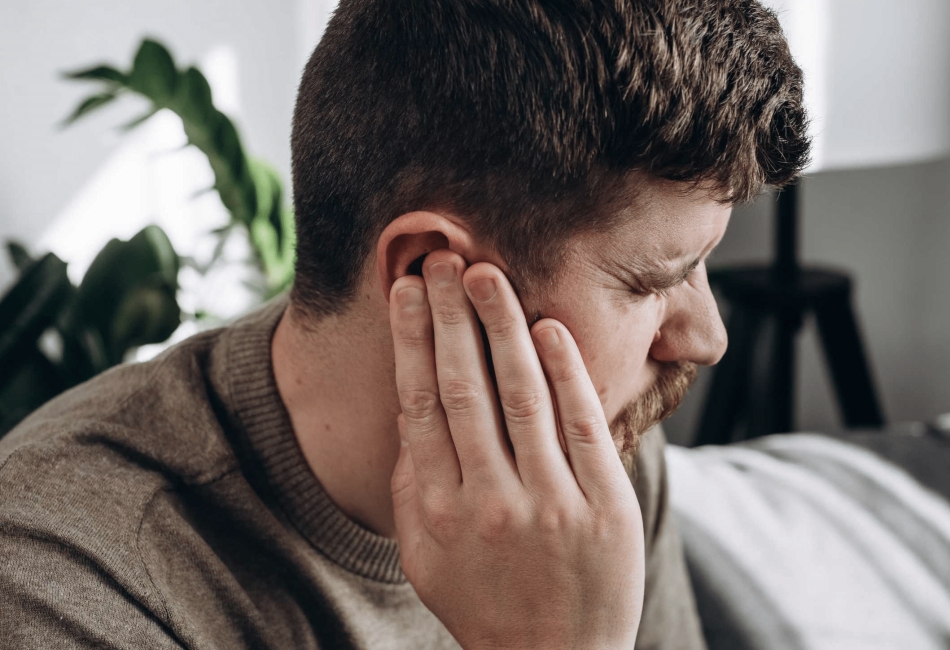Ear discomfort is a widespread issue affecting people of all ages. Whether it’s pressure from seasonal congestion, fluid buildup after a cold, or mild inflammation, the ears are particularly sensitive and can greatly impact daily comfort. For those seeking plant-based alternatives, mullein has long been considered a gentle and time-tested herb in traditional wellness practices.
In this article, we’ll explore how mullein is traditionally used for ear-related concerns, examine what herbalists recommend, and review why this plant remains relevant in modern natural health circles.
What Is Mullein?
Mullein (Verbascum thapsus) is a biennial plant known for its tall yellow flowering stalk and large, velvety green leaves. It has been used for centuries in European, Native American, and Western herbal traditions. Most commonly recognized as a respiratory herb, mullein is also valued for its demulcent and soothing qualities when applied externally.
The plant is rich in mucilage, flavonoids, and saponins — all of which contribute to its calming and anti-inflammatory properties. These compounds are typically extracted using oil infusion, which is then applied to external areas such as the ear.
Traditional Use of Mullein for the Ears
In herbal traditions, mullein flowers are often infused into oil to create what many know as “mullein ear oil.” This oil is used topically around the outer ear and just inside the entrance of the ear canal (never deep within). The goal is to support tissue comfort and relieve the sensation of pressure or sensitivity — especially during or after a cold.
Herbalists typically use mullein for ear discomfort associated with:
- Seasonal congestion
- Sensitivity after air travel
- Minor irritation during allergy flare-ups
- Wax buildup
Importantly, this approach is non-invasive and intended to be supportive rather than curative. It is not a replacement for medical treatment of serious infections or cases involving a ruptured eardrum.
How Does Mullein Work?
The key to mullein’s traditional use in the ears lies in its ability to calm irritated tissue. Its mucilage content forms a soothing barrier on inflamed surfaces, while its mild antibacterial and anti-inflammatory qualities offer additional support.
In oil preparations, mullein is often combined with other herbs to enhance its effects:
- Garlic: valued for its antimicrobial properties
- Calendula: supports tissue regeneration and skin balance
- St. John’s Wort: used for calming the nerves and local discomfort
However, mullein can be used alone and is often the herb of choice for those looking for a gentle, well-tolerated solution. Most users apply 1–2 drops of warm (not hot) oil to the entrance of the ear canal while lying down for several minutes.
What Herbalists Say
According to leading herbal reference works, such as Medical Herbalism by David Hoffmann and The Earthwise Herbal by Matthew Wood, mullein has a long-standing place in formulas for upper respiratory and ear concerns. It’s often chosen for its ability to soften hard or congested tissue and promote natural drainage, especially in combination with gentle warmth.
Modern herbalists continue to recommend mullein oil for children and adults alike — provided there is no damage to the eardrum and no history of chronic infections. In many home wellness routines, mullein is considered a first-line remedy for mild, non-acute ear discomfort.
Mullein Tinctures vs. Oils
While mullein oil is used externally, mullein tinctures are taken internally. These extracts are designed to support the entire upper respiratory tract, including sinuses, throat, and Eustachian tubes. Because the ears, nose, and throat are closely connected, internal support through tinctures can often complement topical use.
The mullein leaf tincture available at Secrets.shop is crafted from clean, plant-based ingredients and is used to help maintain overall respiratory comfort. When taken during times of seasonal stress or congestion, it may indirectly support ear health by encouraging better drainage and reducing internal inflammation.
Safety and Precautions
While mullein is considered one of the safest herbs in Western herbalism, a few basic guidelines should always be followed:
- Do not use mullein oil if there is any suspicion of a ruptured eardrum.
- Always warm the oil gently before use, never apply cold oil to the ear.
- If discomfort persists for more than a day or is severe, consult a healthcare provider.
As with any herbal approach, consistency, gentle application, and monitoring your body’s response are key.
Summary
Mullein has been used for centuries as a herbal remedy for ears — particularly in the form of warm oils infused with its flowers. Its natural calming effects, traditional safety profile, and availability make it a top choice for many people seeking herbal support for mild ear discomfort.
While it should never be seen as a replacement for medical treatment in acute infections, mullein remains one of the most reliable allies in the world of plant-based wellness. Whether used topically in oil or internally in tincture form, it offers a gentle way to care for one of our most delicate senses.
For high-quality herbal extracts including mullein tincture, visit Secrets.shop — a trusted source of clean, effective natural wellness products.
